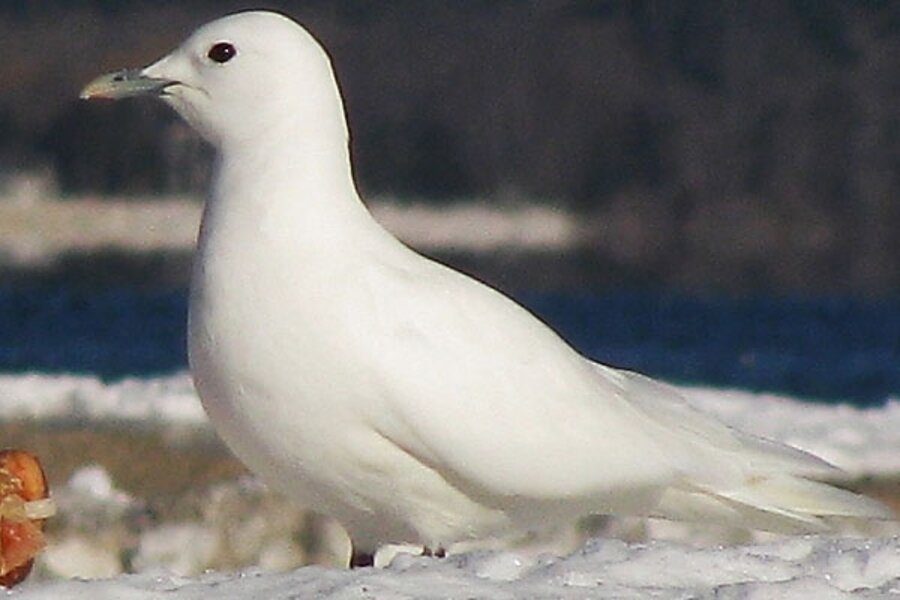One third of US bird species are in peril
Loading...
Secretary of the Interior Ken Salazar Thursday unveiled a major new report on the state of US bird populations. Nearly a third of the nation’s 800 bird species are endangered, threatened or in significant decline due to habitat loss, invasive species, and other threats.
But the study may be at least as notable for its blunt statements about climate change and oil and gas development as it is for highlighting the precarious state of bird populations, wildlife experts say.
With many negative references to impacts of oil spills, oil-and-gas development, and climate change on birds, the report represents one of the sharpest breaks yet between the Obama and Bush administrations on environmental matters, these observers say.
“I do see this report as a major departure from what we had been seeing from the federal government in recent years,” says Darin Schroeder, vice president of the American Bird Conservancy.
“Climate change might not have made it into the report if it had come out last year.” Mr. Schroeder, however, credits President Bush for green-lighting the new report on US migratory bird populations, which was approved 18 months ago. There is irony here, however, because Mr. Bush’s Department of Interior was by most accounts a staunch foe of the Endangered Species Act regulations that environmentalists say have led to the population rebound of bald eagles and other species.
Schroeder’s organization, the National Audubon Society, the Cornell University ornithology lab and other groups that coauthored the report with the US Fish and Wildlife Service, joined Mr. Salazar at its unveiling.
Some said they doubted whether the report would have been highlighted or its conclusions delivered as forcefully had it not emerged under Mr. Obama’s “science based” policy mandate.
“This administration wants to tell it like it is and rely on science, and this report shows that,” says Greg Butcher, National Audubon Society conservation director.
The report, for instance, states: “Oil exploration and production threaten major areas of great importance to arctic-breeding birds.” Among examples it cited was the 76 percent decline of the Common Murres, a sea bird, hit hard by many factors, including “climate change and oil spills.”
The report showed a mixed bag of progress and problems with bird population groups. For instance, some progress has been made in preserving habitat and increasing the populations of herons, egrets, and other wetland birds. At least 39 species of “hunted waterfowl” have increased by more than 100 percent over the past 40 years, and the California condor and whooping crane have also pulled back from the brink of extinction.
But the report documents a broad decline in many other species. Bird populations are suffering from habitat loss, climate impacts, and pollution problems, it said. The northern pintail and several sea ducks, for instance, are “showing troubling declines.” At least 39 percent of US ocean bird species are declining and nearly half are “of conservation concern, indicating deteriorating ocean conditions.”
In Obama’s home state, “nearly all native Hawaiian bird species are in danger of extinction if urgent conservation measures are not implemented immediately,” the report said. In his prepared remarks, Secretary Salazar said the report highlighted a major challenge for the nation.
“Just as they were when Rachel Carson published ‘Silent Spring’ nearly 50 years ago, birds today are a bellwether of the health of land, water, and ecosystems,” Salazar said. “From shorebirds in New England to warblers in Michigan to songbirds in Hawaii, we are seeing disturbing downward population trends.... We must work together now to ensure we never hear the deafening silence in our forests, fields, and backyards that Rachel Carson warned us about.”





